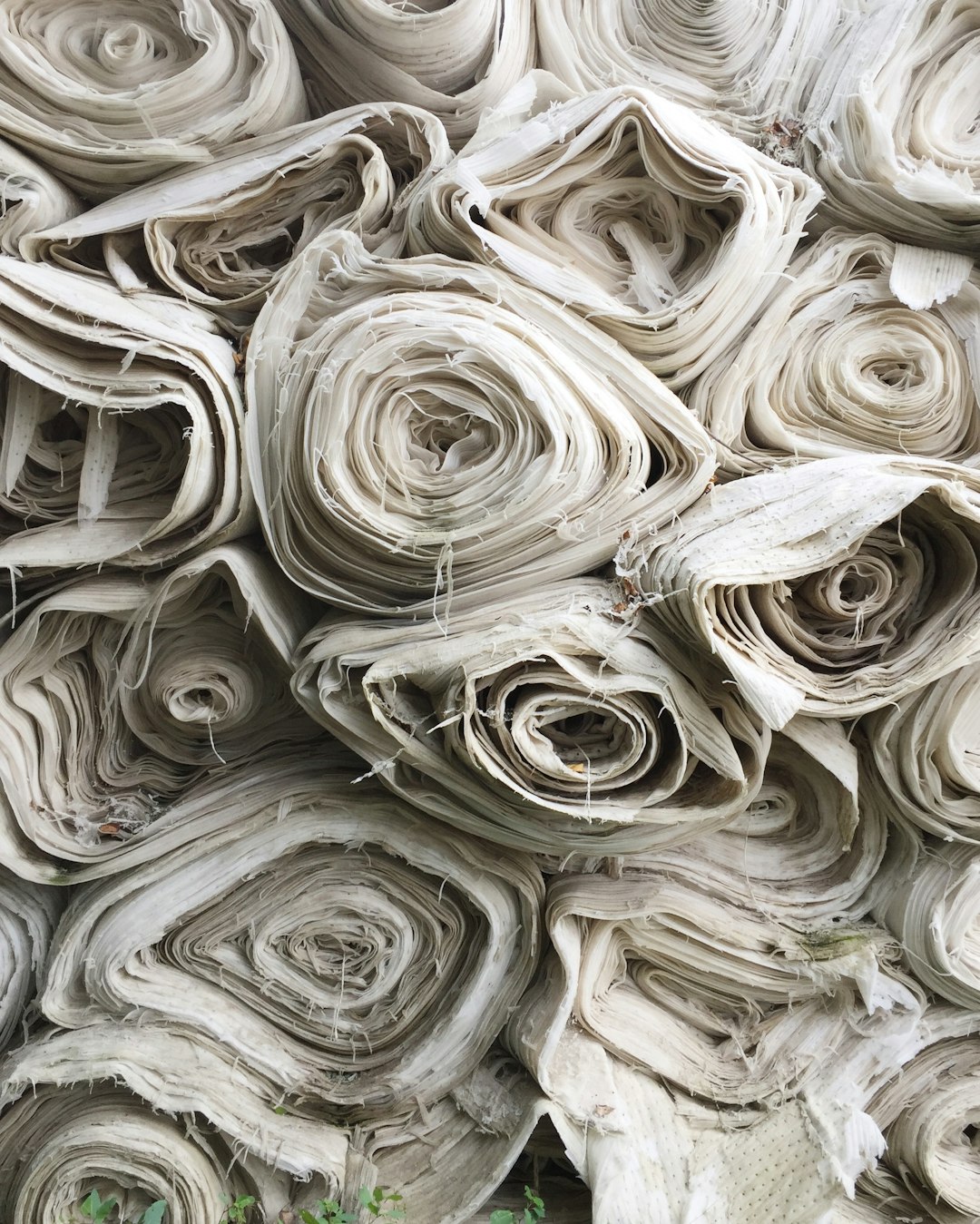- Why Scientists Track Atmospheric Carbon With Giant Towers - October 7, 2025
- The Link Between Melting Ice and Rising Sea Levels Explained - October 6, 2025
- How Ocean Currents Help Regulate Global Climate - October 5, 2025
The Shocking Carbon Footprint of Fashion

Fashion’s environmental impact is bigger than most people realize. According to the United Nations Environment Programme, the fashion industry contributes up to 10% of global carbon emissions—more than all international flights and maritime shipping combined. In 2024, this translates to roughly 1.2 billion tons of CO₂ each year. The emissions come from every step, from growing cotton to dyeing fabrics to shipping clothes worldwide. The industry’s reliance on fossil fuels for synthetic fibers like polyester only makes things worse. A 2023 McKinsey report found that polyester production alone emits 700 million tons of CO₂ annually. These numbers show just how deeply fashion is entangled with climate change.
Water Waste: A Hidden Crisis

Fashion’s thirst for water is staggering. It takes about 2,700 liters of water to make just one cotton T-shirt, according to the World Wildlife Fund. Meanwhile, the Ellen MacArthur Foundation reported in 2024 that textile production uses 93 billion cubic meters of water every year. That’s enough to meet the annual water needs of five million people. Dyeing and finishing fabrics are especially water-intensive, often polluting rivers in countries like Bangladesh and India. Toxic chemicals from textile processing can poison drinking water and harm aquatic life. The fashion sector’s demand for water is putting immense pressure on a planet already hit by droughts and water shortages.
Microplastics: Tiny Fibers, Major Problem

Synthetic fabrics like polyester, nylon, and acrylic shed millions of microplastic fibers with every wash. A 2024 study published in Nature Sustainability revealed that washing synthetic clothes releases up to 500,000 tons of microplastics into the oceans yearly. These tiny fibers are now found in Arctic ice, seafood, and even in human blood, according to research by the Vrije Universiteit Amsterdam. Microplastics don’t break down, and they carry toxic chemicals up the food chain. As fast fashion relies heavily on synthetics, this issue keeps worsening. The link between our closets and plastic pollution is becoming impossible to ignore.
Landfills Overflowing with Fast Fashion

Every second, the equivalent of one garbage truck full of textiles is dumped in a landfill or burned, the Ellen MacArthur Foundation reported in 2023. Global clothing production doubled between 2000 and 2024, but the average item is worn only seven times before being discarded. In Ghana’s Kantamanto Market, over 60% of imported secondhand clothes end up as waste, according to the Or Foundation’s 2024 findings. Most modern fabrics aren’t biodegradable, so they can linger in landfills for over 200 years. The relentless pace of fast fashion is filling the world with unwanted clothes that won’t disappear anytime soon.
The Rise of Sustainable Materials

In response to mounting criticism, brands are investing in eco-friendly materials. Organic cotton, TENCEL lyocell, and hemp use less water and fewer chemicals. According to Textile Exchange’s 2025 market report, organic cotton production grew by 37% over the past year. Innovations in lab-grown leather—like Mylo, made from mushrooms—are gaining traction, with Adidas and Stella McCartney launching pilot collections in 2024. Recycled polyester made from plastic bottles has also entered mainstream collections, reducing reliance on virgin petroleum. Despite progress, these sustainable fabrics still make up less than 20% of global textile production, showing there’s a long way to go.
Secondhand and Circular Fashion Booming

Thrifting, resale, and rental platforms are transforming how people approach fashion. According to ThredUp’s 2024 Resale Report, the secondhand market is set to double by 2027, reaching $350 billion globally. Major retailers like H&M and Zara now offer take-back and resale programs, while luxury brands like Gucci have launched their own vintage platforms. Renting clothes for special occasions or everyday wear is becoming increasingly common, with companies like Rent the Runway reporting a 28% surge in subscribers in 2024. These shifts help keep clothes in use longer, reducing the need for new garments and cutting waste.
Brand Greenwashing Under Scrutiny

Many brands have responded to consumer demand for sustainability by marketing “green” collections. However, a 2023 Changing Markets Foundation report found that 59% of green claims by fashion brands were misleading or unsubstantiated. The European Union introduced new legislation in 2024 to crack down on false eco-labeling, requiring clear evidence for any sustainability claims. Consumers and watchdogs are pushing for greater transparency, demanding brands disclose their supply chains and environmental impacts. As greenwashing is exposed, brands are being forced to back up their words with real action—not just marketing.
Innovative Recycling Technologies

Traditional recycling methods struggle with blended fabrics and garments with zippers or buttons. New technologies are stepping up: Swedish company Renewcell’s Circulose process recycles worn-out cotton into new fibers, and Finnish firm Infinited Fiber Company is turning old clothes into biodegradable textiles. According to a 2025 report by the Global Fashion Agenda, these advanced recycling methods could potentially recycle 80% of discarded clothing by 2030 if scaled up. Brands like Levi’s and H&M have begun piloting closed-loop recycling with promising results. The hope is that, with investment, these breakthroughs could radically reduce fashion’s landfill burden.
Labor and Social Justice in a Changing Climate

The climate crisis is also reshaping the lives of garment workers. In 2023, the International Labour Organization reported increased heat stress in factories across Southeast Asia, threatening worker health and productivity. Flooding, droughts, and extreme weather events are disrupting cotton harvests and supply chains, putting livelihoods at risk. Major brands faced criticism in 2024 for failing to pay living wages while touting their climate commitments. Worker-led movements are pushing for climate justice alongside fair pay and safety. The intersection of climate and labor is now central to the industry’s future.
Consumer Power and the Path Forward

Consumers are playing a bigger role than ever in demanding change. A 2024 Nielsen survey found that 73% of shoppers consider sustainability when making fashion purchases, up from 63% in 2022. Social media campaigns like #WhoMadeMyClothes and #PayUp are holding brands accountable in real time. Young consumers, especially Gen Z, are prioritizing quality over quantity and demanding transparency. The pressure is on brands to not just produce stylish clothes, but to do so responsibly. As buying habits shift, the survival of fashion in the climate era will depend on how quickly the industry can adapt.
